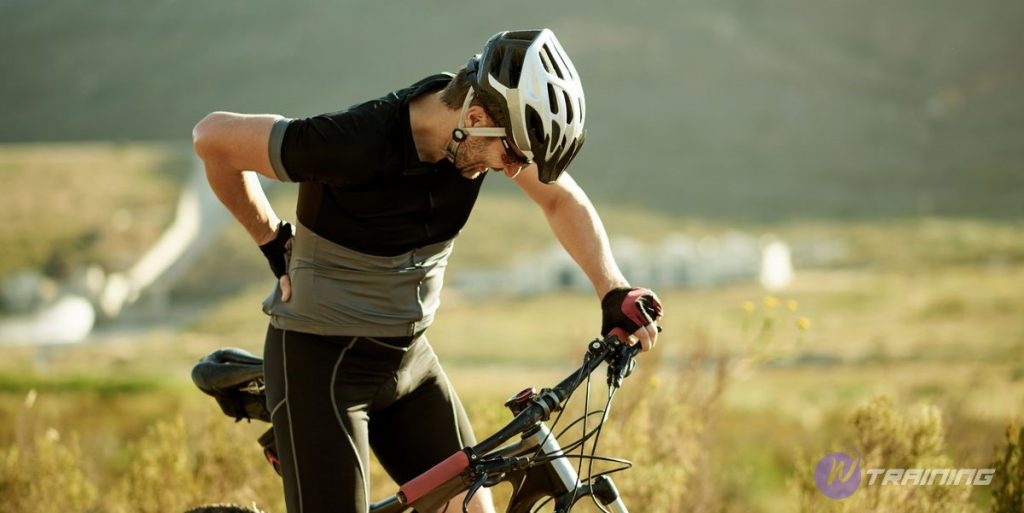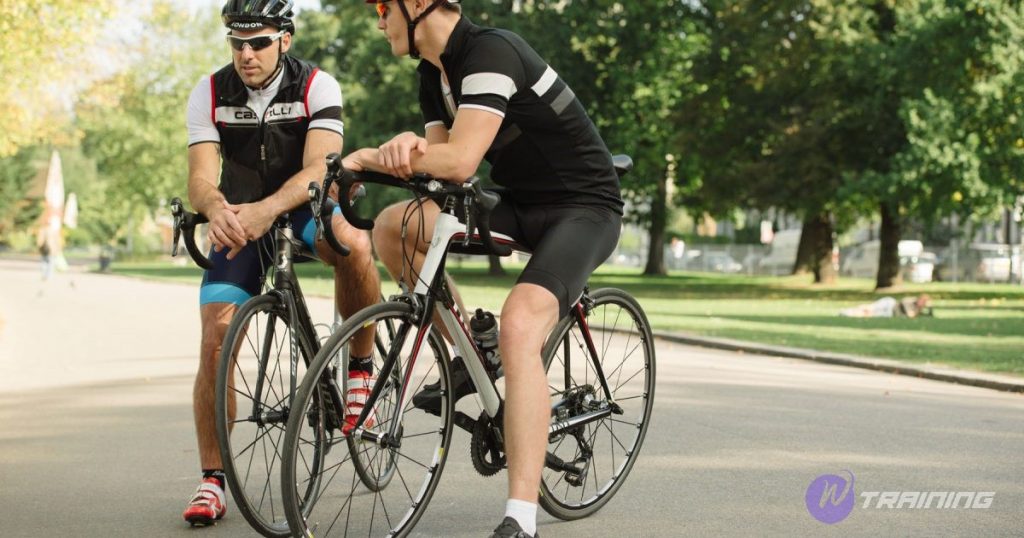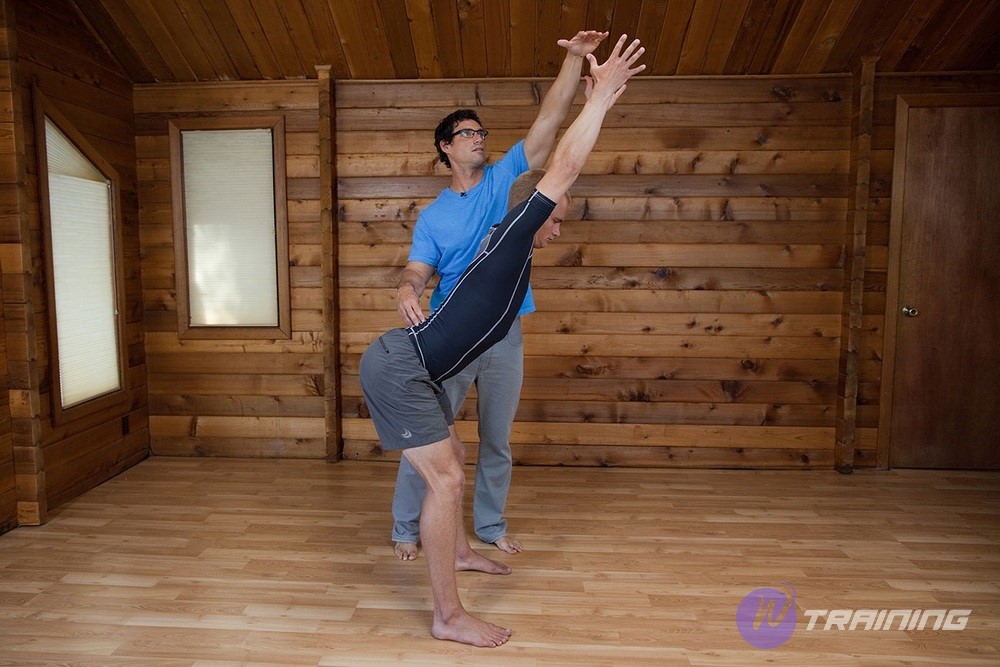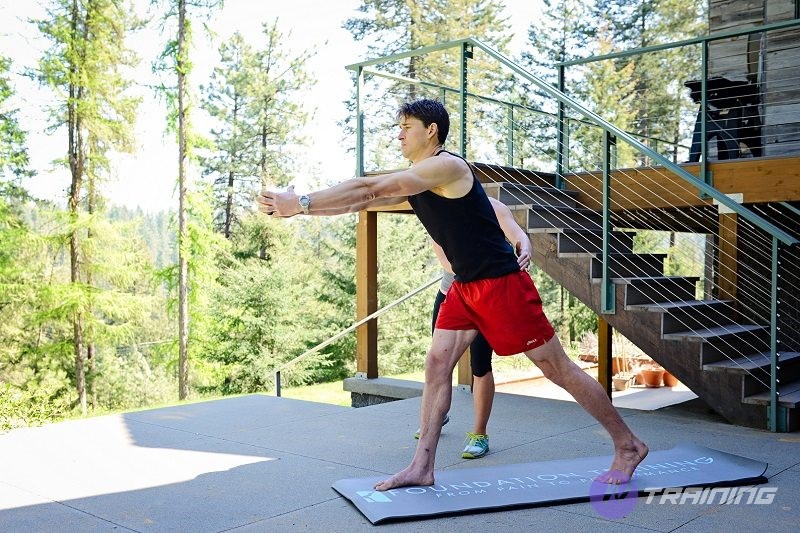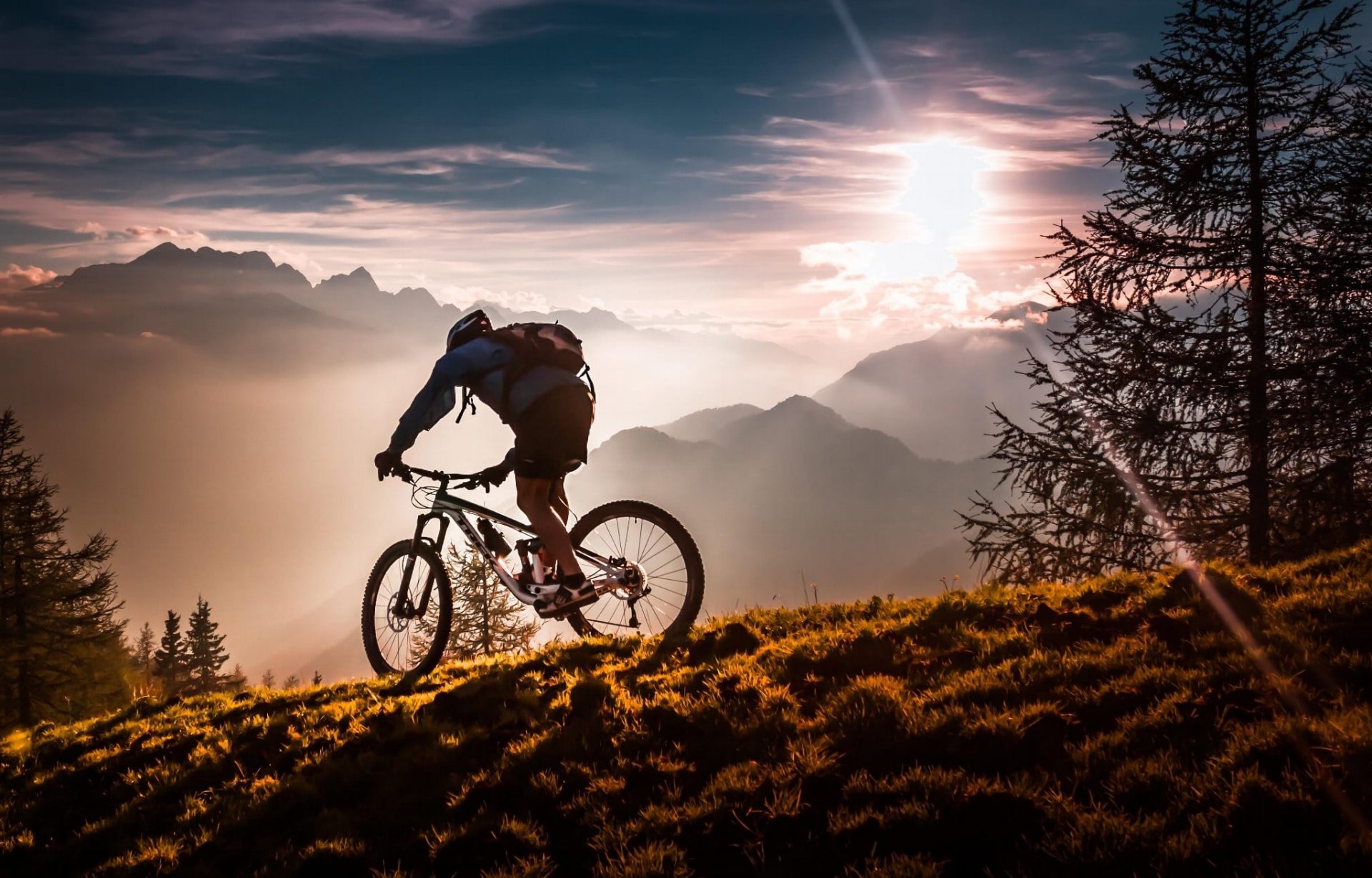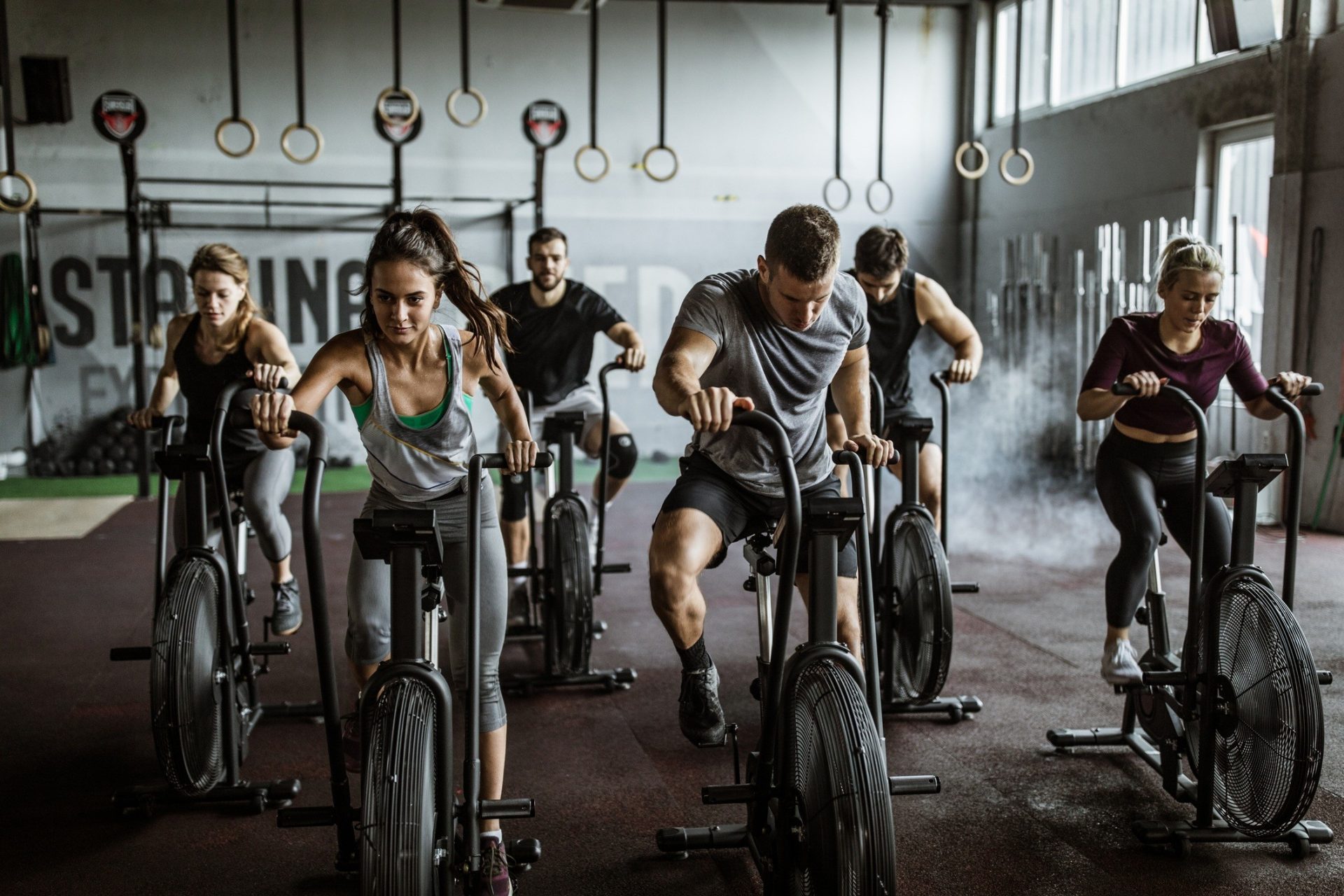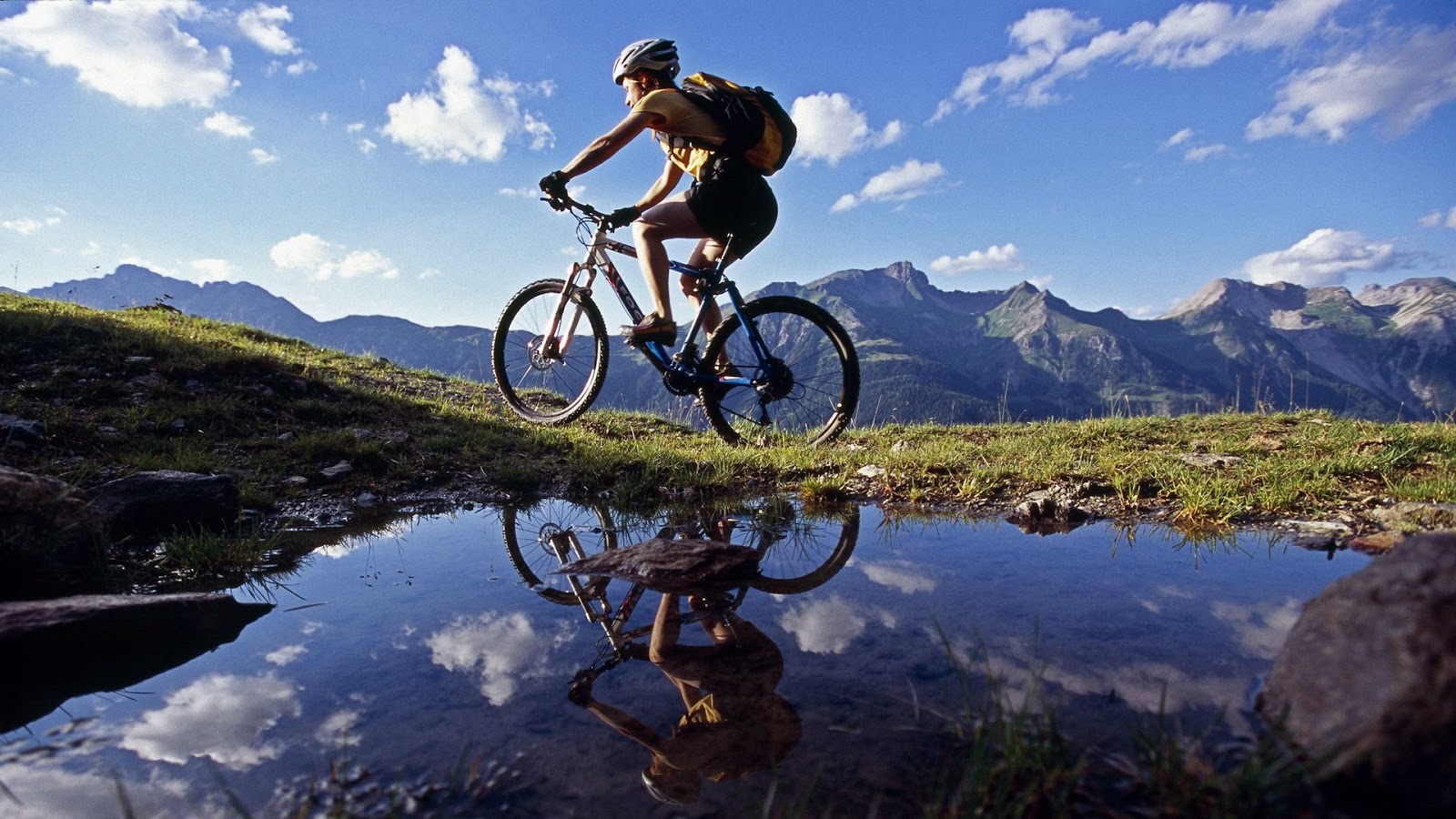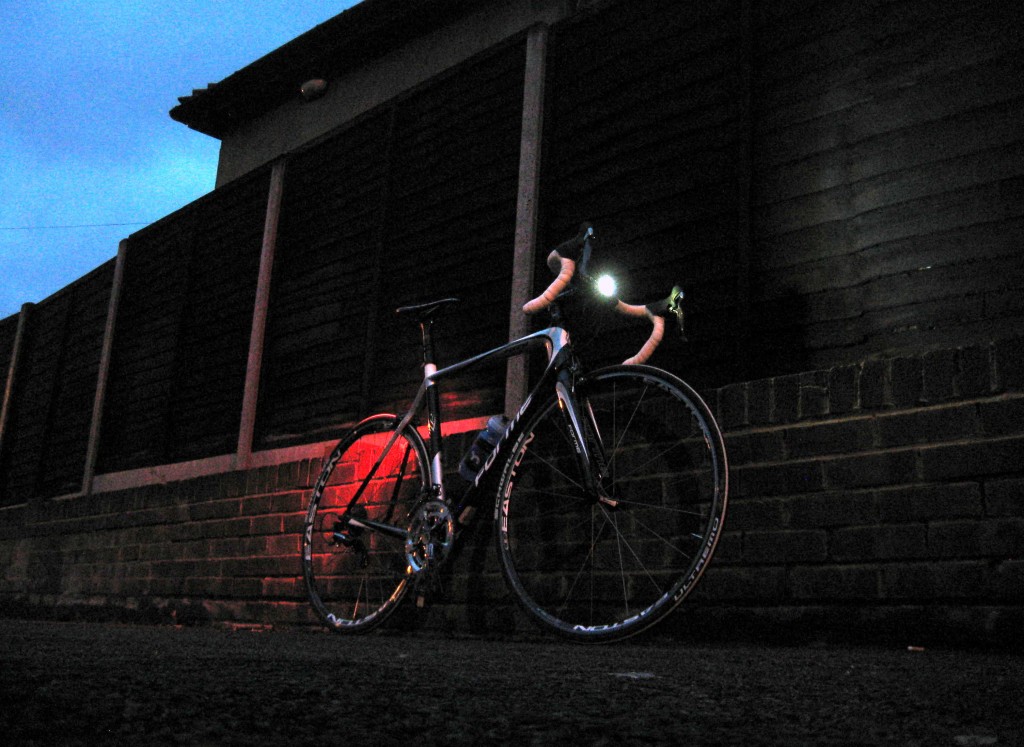Cycling is a great activity with many benefits for the heart and joints. However, the majority of cyclists suffer from cycling lower back pain. What is the cause of this condition and how to get rid of it?
Causes
Assuming no prior injury issues, a number of factors can contribute to riders experiencing lower back pain. Incorrect bike fit, limited mobility or flexibility, and insufficient levels of conditioning or fitness are examples of these. Most of the time, it is a combination of all of these factors, as well as possibly others.
-
The main muscle group is too weak
The main muscle group mainly includes muscle groups such as abs, intercostals, back muscles, and lower back muscles. This is the most common cause of back pain. When riding an imported mountain bike, your back connects your shoulders and buttocks and serves as the point of support, making the back weaker and prone to pain.
-
Choosing the wrong size bike
Choosing the wrong size bike is a leading cause of lower back pain in riders. You’re mistaken because of the length of the handlebars and the angle of the saddle. Long-term accumulation will affect the back and cause pain.
-
Incorrect pedaling posture
One of the most common causes is poor driving posture. Driving posture is frequently related to frame size, height/seat angle, and so on. Size and angle errors will put you in an unscientific driving state, putting a lot of pressure on your body, especially your back.
Some riders have very stiff butt muscles, particularly in the curving hips, butt muscles that are too stiff and unflexible. When these muscle groups are tense for an extended period of time, they increase the range of motion in the pelvis, causing the lower back to become “harder” to adjust and cause pain. Other issues, such as phlegm syndrome and knee pain, can be caused by gluteal muscle inflexibility.
See also: 9 Expert Tips On How To Handle Cycling Knee Pain
Treatment
-
Strengthens major muscle groups
The muscles in your pelvis, lower back, hips, and abdomen comprise your core muscle groups. When you have a strong core muscle group, your body appears to be able to function properly, lowering your risk of injury and back pain while cycling. So, working out your major muscle groups before you start cycling can help reduce your risk of back pain.
Exercises include lying on your back with your knees bent and your feet flat on the floor, maintaining a neutral spine, and not tilting your hips. Lift your hips off the floor and hold this position for at least 30 seconds while contracting your abs. Then, 5-10 times per day, repeat. This will also help strengthen your major muscle groups.
-
Choose the right bike to avoid lower back pain
-
-
Suitable vehicle size
-
It is obvious that riding an incorrectly sized bike can cause back pain or other physical problems. However, many people choose a bike based on price and market trends, making the size of the bike less important. A bike that can be adjusted to your body size is ideal, but it can be quite expensive. You can also go to reputable bike shops to buy and get more appropriate advice from the staff and experts.
Once you’ve decided on the style and frame size of your bike, it’s time to go for some test rides to see how they fit.
-
-
Make sure your saddle is set up correctly
-
Although the height of the frame is important, the height of the saddle is equally important. The saddle height is determined by the position of your foot on the pedal and the low-stress back position.
Adjusting the saddle angle is also very important, so make sure to inform everyone that those with chronic back pain or pain in the hypothalamus may find it more comfortable if the saddle is tilted slightly forward.
Place your foot in the lowest pedal position, with your knee bent gently at a 15-20 degree angle, to determine the saddle height.
Your hips and buttocks should be able to move, but you should avoid putting undue strain on your legs.
-
-
Adjust the height and angle of the handlebars
-
Your bike’s handlebars should be adjusted to a comfortable height so that you can reach them comfortably while standing. Remember to keep your elbows slightly bent as you approach the handlebars. Setting the handlebar height is often regarded as a matter of personal preference, but it is recommended that it be approximately 10cm above the saddle height. Increase the working angle of the handlebars and bring them closer to your body, allowing you to maintain an upright posture and avoid stress on the handlebar position.
-
-
A bicycle with forks
-
Most dirt bikes have a suspension system, whether it’s a single fork or two forks on higher-end models. Shock absorption is critical to your ride, especially if you frequently ride on rough and technical terrain. A bike with a fork behind the seat is an effective form of shock absorption. Fruit can help you avoid lower back pain. The majority of the fork’s accessories are adjustable. So, if you require it, ask qualified salespeople to assist you with the proper reset.
-
Maintain a proper posture
-
-
Avoid slipping or jutting your shoulders while riding
-
If you want to avoid back pain while cycling, you must maintain good posture. When riding a bike, try to keep your back straight, not completely upright as if sitting in a chair, but flat. It is best to distribute your weight evenly to your arms and inner arms while keeping your chest and head in place. To avoid muscle fatigue, it is best to change your body angle on a regular basis.
Gently raising and lowering your head from time to time can help keep your neck from stiffening and muscle strains at bay.
-
-
Keep the handlebars slightly bent when pedaling
-
While cycling, keep the handlebars slightly bent while holding them. Instead of the spine, this pose allows your joints and upper body to absorb vibrations and impacts.
You should hold the handle tightly enough to fit your hand, but not too tightly, as this will cause muscle fatigue and stiffness. To help absorb shock, wear padded cycling gloves. It is also advisable to take some time to rest.
-
-
Keep your feet at a 90-degree angle
-
It is more effective and beneficial to your hips. Maintain a low foot position with your knees at a 90-degree angle. Your thighs should be parallel to the saddle in a 90-degree angle position, allowing for a quick push on the pedals. Your knee should be bent at about 15-20 degrees when in the lowest position. When riding a bike, if your legs do not match these angles, you can completely adjust the saddle height.
Some exercises to strengthen the surrounding muscles to avoid lower back pain
The evidence presented above suggests that cyclists must be strong in the lower back and core in order to avoid the consequences of poor movement patterns.
Here are three exercises that can aid in the promotion of stability and the correction of movement patterns:
The founder
- Works the entire posterior chain and should be completed before you ride to activate the muscles
- Start with your feet hip-width apart, in an upright stance with your hips over your ankles and shoulders over your hips
- Rock back so your weight is on your heels, and unlock your knees
- Bring your hips back and tilt your body forwards, keeping your chest straight
- Pace your hands in front of you, with your fingertips together
- Reach your hands forwards, and over your head
- Reach up, pushing your hips back
- You should feel a burn through your upper and lower back, glutes and hamstrings
- Hold for 10 seconds, three times
The woodpecker
- This exercise works the deep gluteal muscle fibers, and it’s good to do before you ride to activate them in advance
- Start with legs together and step your right leg forwards – you should be able to look down and still see your shin
- Make sure your hips are square
- Reach your arms in front of you, and clasp them together
- Pivot at the hip, keeping your lower body and upper body still
- Reach as far forward as you can – push your right heel into the floor and pull your hips back
- You should feel a burn in the glutes – hold for 10 seconds then repeat 2-3 times on each side
The plank
- Works to engage the muscles often called the core, do it before your ride to get the muscles activated
- Come onto your elbows and toes, feet hip-width apart
- Keep your head upright, and your eyes pointing towards the floor about 10cm in front of you
- Keep your hips in a straight line – no sagging or rising up
- Hold for a minute
In conclusion, pain in the lower back is a common complaint about cyclists. With proper posture, the right bike size and these exercises, your cycling lower back pain will go away soon. Good health!
Read more:
Cycling Calorie Calculator: Simply Figure Out How Many You Burned
Cycling Tips: Basic Skills to Make Riding More Fun
